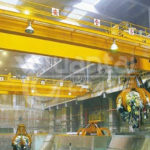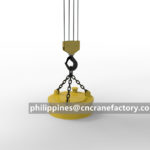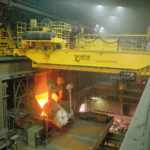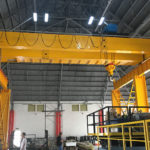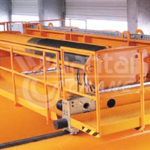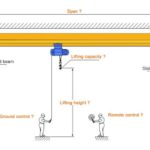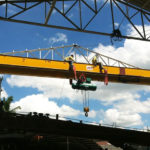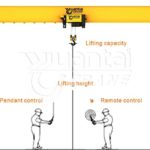Importance of Charging Crane
A charging crane is a type of overhead crane that is used to load and unload scrap metal into furnaces, shredders, or balers. A scrap charging crane is a special kind of charging crane that is designed to handle large volumes of scrap metal at high temperatures and speeds. But how do you choose the right charging crane for your scrap yard? There are many factors to consider, such as the size, capacity, speed, safety, and maintenance of the crane.
Types of Charging Cranes and Scrap Charging Cranes
There are two main types of charging cranes: electric and hydraulic. Electric charging cranes use electric motors to power the hoist and trolley movements, while hydraulic charging cranes use hydraulic pumps and cylinders to lift and move the load. Electric charging cranes are more common in scrap yards, as they offer more precise control, lower noise levels, and lower operating costs. Hydraulic charging cranes are more suitable for heavy-duty applications, as they can handle larger loads and higher temperatures.
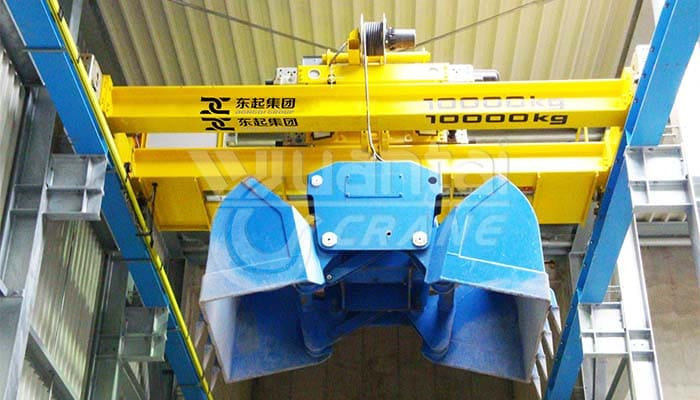
Scrap charging cranes are a subset of electric charging cranes that are specially designed for loading and unloading scrap metal into furnaces. They have several features that make them different from regular electric charging cranes, such as:
- A larger hoist capacity, ranging from 10 to 50 tons or more
- A higher lifting speed, up to 60 meters per minute or more
- A longer span, up to 40 meters or more
- A higher duty cycle, up to 100% or more
- A higher temperature resistance, up to 600 degrees Celsius or more
- A special bucket or grab attachment that can hold and release large amounts of scrap metal
How to Select the Best Charging Crane for Your Scrap Yard?
- The size and layout of your scrap yard. You should measure the area where you want to install the crane and make sure it has enough clearance and space for the crane’s movements. You should also consider the location of the power supply, the furnace, and other equipment that the crane will interact with.
- The type and volume of scrap metal you handle. You should determine the average weight and size of the scrap metal you load and unload, and how often you do it. This will help you decide on the hoist capacity, lifting speed, span, and duty cycle of the crane.
- The safety and maintenance requirements of the crane. You should look for a crane that has a high level of safety features, such as overload protection, emergency stop, limit switches, anti-collision devices, etc. You should also check the warranty and service terms of the crane manufacturer, and how easy it is to access spare parts and technical support.
